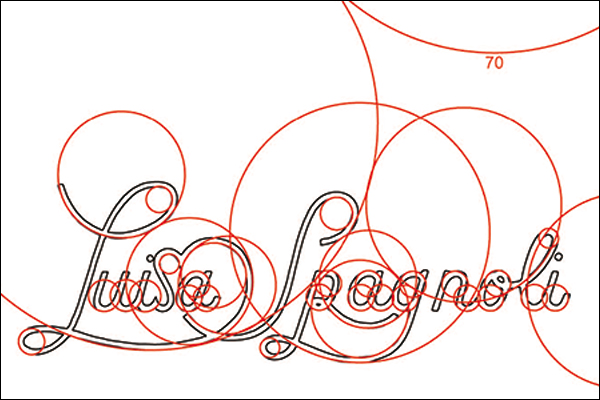Contemporary characters. Three artistic writings between enterprise and communication
DOI:
https://doi.org/10.15168/xy.v3i5.86Abstract
In a cultural context in which Umbria embodies the cliché of “green and medieval” region and is best known for the bucolic landscapes and historical architectures, the business group comprised of the three companies Perugina (confectionery production), Buitoni (pasta production) and Luisa Spagnoli (textile production) offers a decisive contribution to placing the region at the national forefront of the nascent discipline of graphic design, helping to release it from a tendency strongly linked to tradition. The gradual transition from the artisanal production to the industrial one leads to the overcoming of the local horizon, which is flanked by a cultural project aimed at the radical change of product communication. In this sense, with farsightedness and entrepreneurial intelligence, in 1952 the artistic direction of the group is entrusted to the thirty–one year old Federico Seneca from Marche, whose work pervades the nascent industrial reality of an unprecedented innovative spirit. Developing a decidedly contemporary communication campaign, which went from the creation of the brand to the composition of posters for advertisement, Seneca interpreted the corporate identity with rigour and communicative effectiveness, forging exemplary brands that, despite the subsequent restyling interventions (necessarily linked to technological and application progress) are still true graphic icons known internationally. Starting from the compositive, proportional and chromatic analysis of the three brands (respectively linked to the three Perugina, Buitoni and Luisa Spagnoli productions), the proposed contribution means to retrace its genesis and evolution, by highlighting the centrality of thought–drawing within a sector, such as the commercial one, aimed at enhancing and communicating the product.


